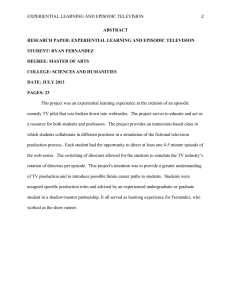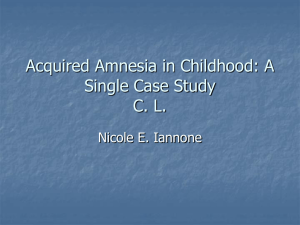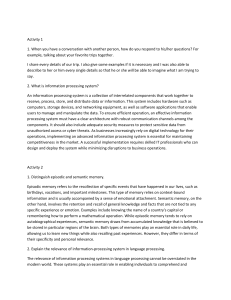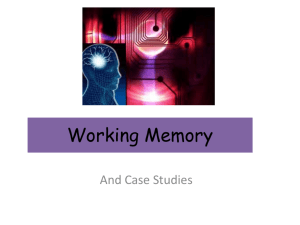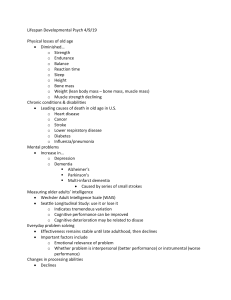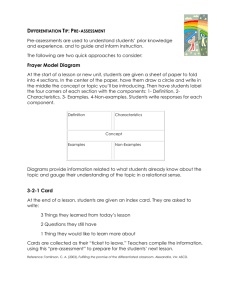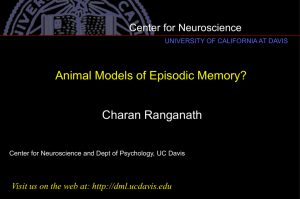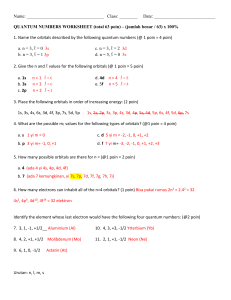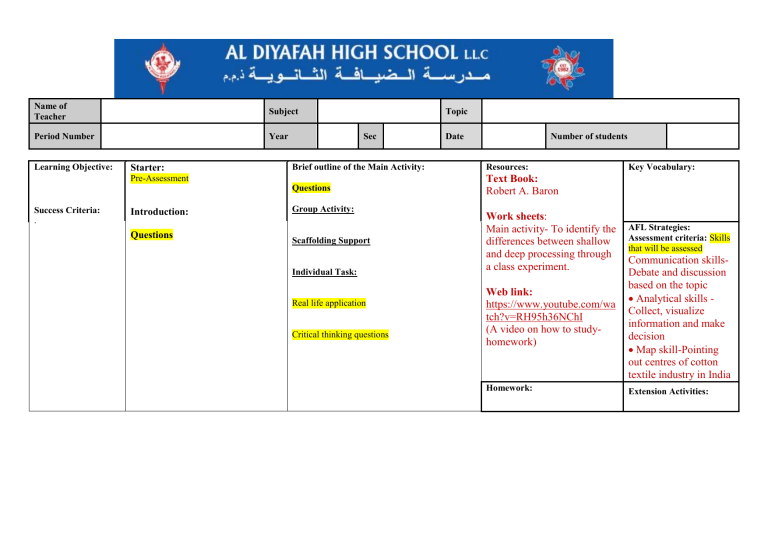
Name of Teacher Subject Period Number Year Learning Objective: Starter: Topic Sec Introduction: Questions Number of students Brief outline of the Main Activity: Resources: Questions Text Book: Robert A. Baron Pre-Assessment Success Criteria: . Date Group Activity: Scaffolding Support Individual Task: Real life application Critical thinking questions Work sheets: Main activity- To identify the differences between shallow and deep processing through a class experiment. Key Vocabulary: AFL Strategies: Assessment criteria: Skills that will be assessed Web link: https://www.youtube.com/wa tch?v=RH95h36NChI (A video on how to studyhomework) Communication skillsDebate and discussion based on the topic Analytical skills Collect, visualize information and make decision Map skill-Pointing out centres of cotton textile industry in India Homework: Extension Activities: Accommodation/s: IDL/Cultural/UAE Links: Differentiation strategies Cross-curricular links: Commerce: Trade in the industry English: Vocabulary Art: Diagrams and charts IT : Power poin Example: Differentiated activities: Students work in mixed pairs Walkers: Will be asked to recap past learning and attempt to define episodic memory. Joggers: Will be asked to connect the experiment findings with the class discussion. Runners: Will be asked to identify the other factors affecting episodic memory. SDG links Plenary: Post assessment Questions Evaluation: Did the students complete the task on time? Was the class experiment useful in helping students connect to the topic? Were there any concepts that proved to be challenging for students understanding?
